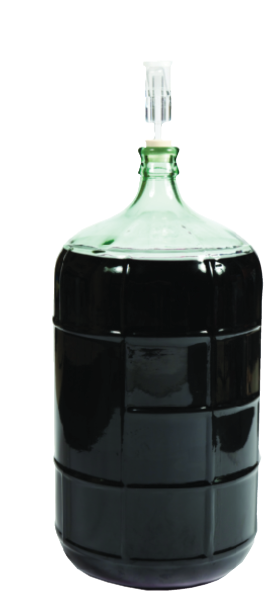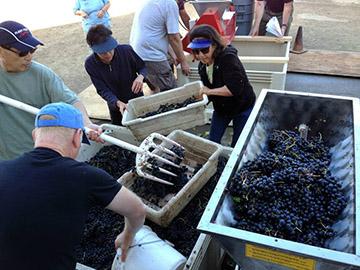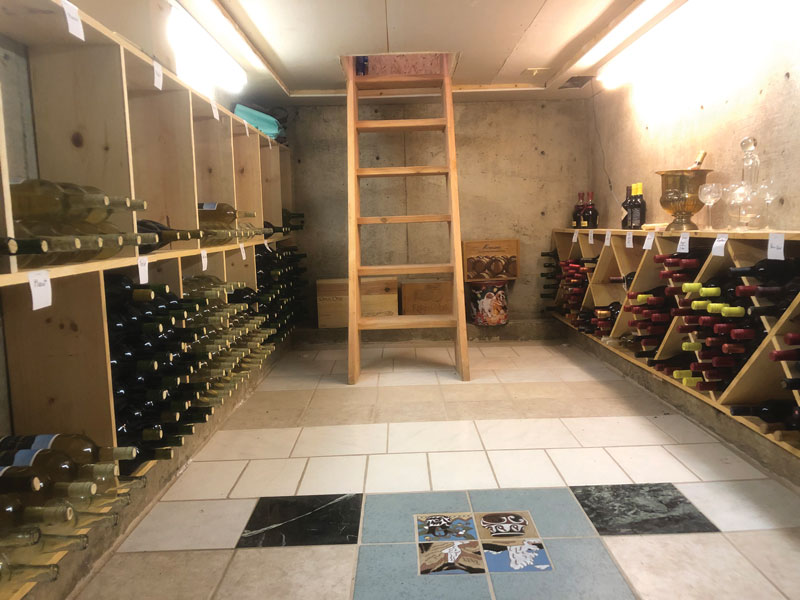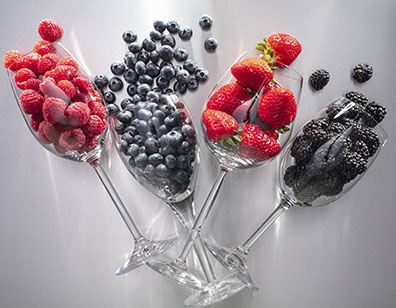Avoiding The Winemaker’s Pitfalls
Making wine can be an exercise in frustration when things don’t go as planned. That Sauvignon Blanc that was bright and fruity at bottling suddenly tinges orange around the edges of the glass and the fruitiness is gone; or that big Zinfandel where the yeast stalled out too early leaving a sweet mess. There are certain pitfalls that many beginning winemakers consistently fall into that are easy to avoid. Learn from the mistakes of others to maximize your experience.
Wine Kit No-no’s

One of the biggest mistakes we often see with kit winemakers is deviating from the intended volume of a wine kit. Using less water to create a “bigger” wine or watering the volume down to create more volume can alter more than just the intended alcohol level of the wine. These changes also alter the wine’s pH, acidity levels, and can complicate fermentation leading to off-flavors and/or stalled fermentations. Make sure you are following the manufacturer’s instructions closely and measuring out any water additions using an accurate measuring tool. Adding sugar (chaptalization) can be a way to boost the alcohol content of a wine kit wine, but again, be careful not to overstep the bounds of the yeast you are using. Too much sugar can cause stress on the yeast and too high alcohol can cause pre-mature yeast failure (stuck fermentation).
The next big pitfall that wine kit users too often fall into, is the trap of drinking the wine too young. Sure you can drink it young, but that doesn’t mean you should. There are a lot of physical and chemical changes that occur as wine ages. These changes should resemble a curve in a typical wine, improving over time but then eventually beginning to fall. If a wine kit is handled properly, that aging curve should almost parallel fresh grape wines. As the general rule goes, you want to age red wines longer while white wines don’t need as much age. But that isn’t always the case; lighter, fruitier reds you can drink relatively young while bolder whites may continue to improve with some age on them. But it is imperative that the wines are stored in a stable, low-light environment and if the wine kit calls for more sulfite if long-term bottle aging is planned, please do so.
Fresh Grape No-no’s
While the first two no-no’s also apply to fresh grape winemakers, there are a few pitfalls that are unique to those using fresh fruit. Unlike kit winemakers, fresh grapes have not seen any adjustments prior to their arrival. That is the task you took on when moving from kits to fresh grapes: You need to make the necessary adjustments. How will you know the grapes will need some tinkering? Testing! If you’re lucky to live in a place where you already have a good grasp on the grape quality, know the grape growers well enough, and have a keen tasting sense; then maybe you can avoid some tests . . . but for everyone else, you need to test for things like sugar levels, pH, titratable acidity, yeast assimilable nitrogen (YAN), and preferably free SO2. This is especially true for country winemakers. See Bob Peak’s article “Monitoring Your Wine” from the February-March ’19 issue for more on this topic. Only then can you to make informed and smart decisions when it comes to additions.
The other pitfall that can be common among beginning fresh grape winemakers is to not use appropriate yeast nutrients. Yeast health is paramount to achieving a complete and clean fermentation of the juice. Just as a vineyard might add fertilizers to their vines annually, adding some nutrients like di-ammonium phosphate (DAP) can help the yeast finish their task at hand to the best of their abilities. But just like with the fertilizers, adding too much can be a bad thing as well. Which brings us back to the last paragraph on testing. Testing for YAN levels will allow winemakers to hone in on just how much yeast nutrient they should be adding for a particular yeast strain, as different yeast strains have different nutritional demands.
For All Winemakers
One of the biggest pitfalls hobby winemakers fall into is not topping off carboys and/or barrels. What we mean by “topped-off” is that the wine reaches up around the curve of the carboy and into the narrow neck. To put it into perspective, the surface area of wine-to-air goes from about 80 sq. in. (516 sq. cm) below the curve down to 7 sq. in. (45 sq. cm) in the neck. That’s a lot less surface area for your wine to pick up oxygen, whose ingress is directly correlated to that surface area size. The same can be said in barrels, think about the surface area of wine:air in a full barrel versus one that is 2 in. (5 cm) below the bung. So if your wine comes up short in the aging vessel, there are two very easy solutions: Marbles or wine. Having a couple big mason jars full of marbles that you can add if a transfer comes up short is a quick no-brainer. Just be sure to sanitize the marbles and add the marbles slowly. Adding a similar wine is another solution. There is no good reason not to top off a carboy or barrel during aging.
Another big no-no in my opinion is avoiding sulfites all together. There are many ways to minimize your sulfite additions (see “SO2 Fundamentals” in the December ’18-January ’19 issue for more on this), but sulfites should never be outright avoided (unless there is a true sulfite allergy . . . headaches don’t count). There are far too many issues that can arise from an unstabilized wine, and there has been far too much mis-information disseminated on sulfites. Kit winemakers should be following the manufacturer’s instructions, while fresh grape and country fruit winemakers should be utilizing the free sulfite calculator found at https://winemakermag.com/sulfitecalculator.




